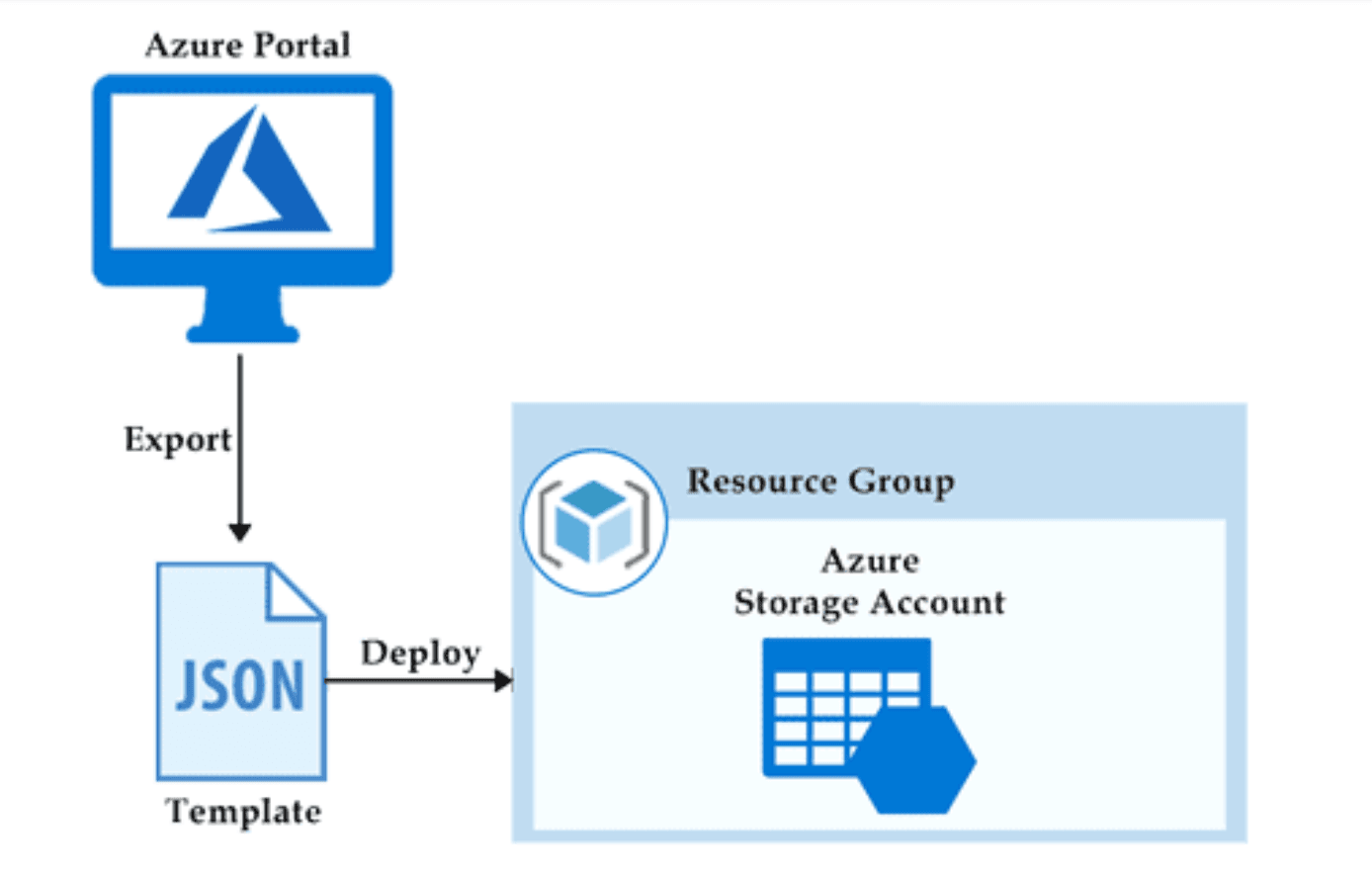Azure ARM Templates: Deep Dive & Expert Techniques
The technique of configuring infrastructure through code rather than manually is called Infrastructure as Code (IaC). Operators and system administrators have to configure any changes to the infrastructure using a manual method.
DevOps teams can store the application and infrastructure configuration codes in a centralized repository using IaC. It guarantees a more reliable and secure deployment. Security standards and rules are simpler to manage because manual configuration and deployment are less prone to errors. Additionally, DevOps engineers can increase productivity by scaling up faster deployments.
When adopting IaC, DevOps engineers have a variety of technologies at their disposal. HashiCorp Terraform and Azure Resource Manager (ARM) templates are two of the most widely used technologies for Microsoft Azure. At ntegral, we use Infrastructure as Code to deploy and maintain our own products on Azure Marketplace. Docker on Azure, Terraform on Azure, and Packer on Azure are some of our best-in-market IaC products.
What is ARM Template?

Azure Resource Manager (ARM) Templates are a powerful tool for automating infrastructure deployment in Azure. ARM templates can be used to provision a wide range of resources, such as virtual machines, databases, and storage accounts. In this article, we will take a deep dive into Azure ARM Templates and explore some best practices and advanced techniques for using them.
An ARM template is a JSON file describing the resources you want to deploy to Azure. The template contains a list of resource definitions, properties, and dependencies. When you deploy the template, Azure Resource Manager uses it to create the resources you defined.
Below is a blank ARM template:

The first section is the schema, which gives the file's location that defines the JSON file's structure.
The other sections are:
Parameters
Variables
Resources
Functions
When working with Azure ARM templates, there are several best practices and advanced techniques to follow to ensure that your templates are easy to maintain, reusable, and secure. Here are some of the best practices to follow:
Use Parameterization: Use parameters to make your ARM templates reusable and customizable. Parameters allow you to define values that can be passed to the template at runtime, making deploying the same template with different configurations easier.
Use Variables: Use variables to simplify your ARM templates by defining reusable values that can be referenced throughout the template. Variables can also make your templates more readable and easier to maintain.
Use Resource Naming Conventions: Use a consistent naming convention to make identifying and managing your resources easier. This will also help prevent naming conflicts and make automating future updates to your resources easier.
Use Resource Tags: Use tags to categorize and label your resources for easier management and organization. Tags allow you to easily identify resources based on specific criteria, such as cost center, environment, or owner.
Use Conditions: Use conditions to create templates that can be used in different scenarios. Conditions allow you to specify which resources should be deployed based on certain conditions, such as the region or environment.
Use Resource Dependencies: Use dependencies to ensure that resources are deployed in the correct order. By specifying dependencies, you can ensure that resources are deployed in the correct order, preventing errors and ensuring that your infrastructure is deployed correctly.
Validate Your Templates: Validate your ARM templates before deployment to ensure they are error-free and will deploy successfully. You can use Azure's built-in validation tools or external validation tools to check your templates for errors and best practices.
Use Version Control: Use version control to manage changes to your ARM templates over time. Version control allows you to track template changes, collaborate with others, and revert to previous versions if necessary.
By following these best practices, you can create ARM templates that are reusable, easy to maintain, and secure.